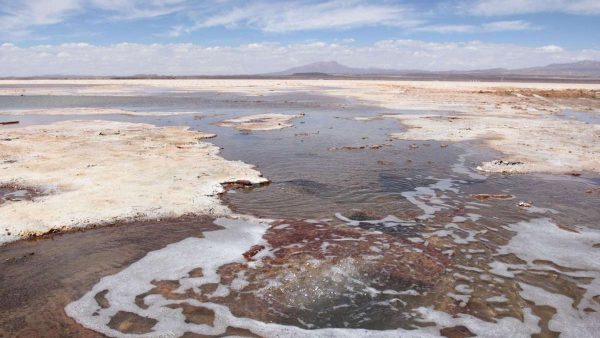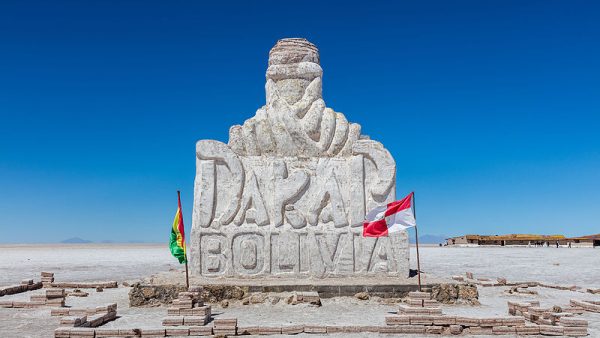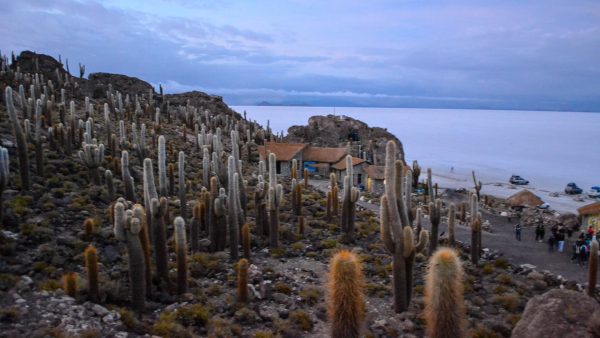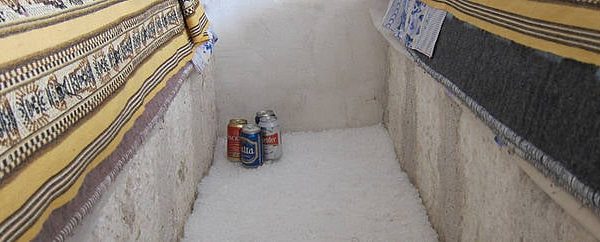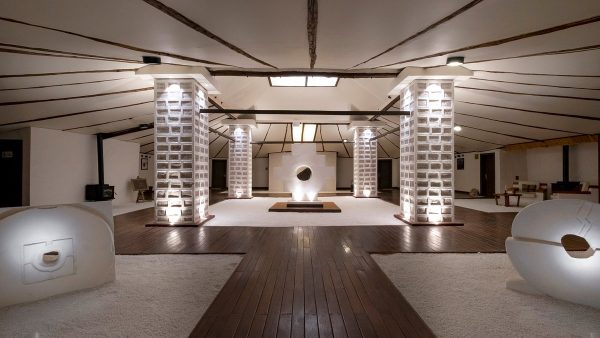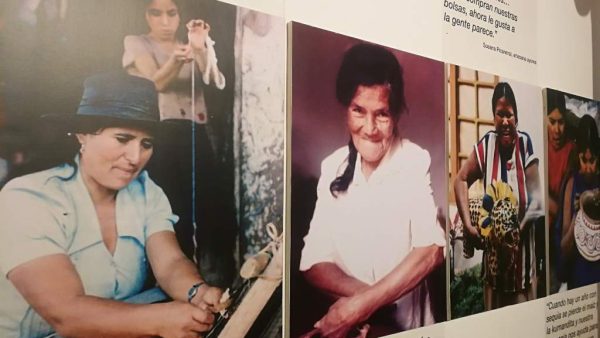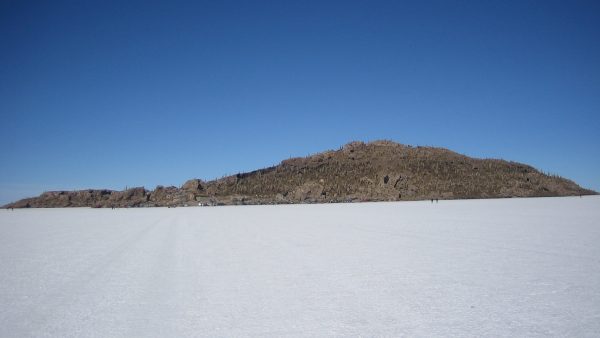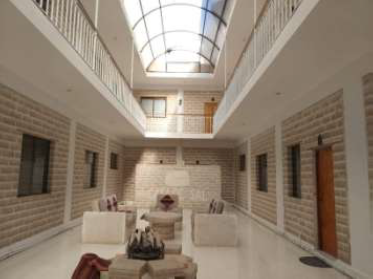The Salar de Uyuni was covered 40 000 years ago by Lake Minchin and later, 11,000 years ago, by Lake Tauca or Tauka. A wet and rainy climate phase raised the level of the lagos to approximately 100 meters above the current level. Later came a dry and warm period, which produced a great reduction of the surface and volume of the Andean lakes, thus originating the salt flats and the current lagoons.
It is the largest continuous salt desert in the world (and the highest).
it is located at about 3650 meters above sea level.
10 582 km² (or 4085 square miles).
It is located within the highland region of the Andes mountain range.
It is the largest lithium reserve in the world with 50-70% of the world’s lithium. It has 140 million tons of lithium.
contains 10 billion tons of salt, of which 25 000 tons are extracted every year.
Every November, Salar de Uyuni is also the breeding place of three species of South American flamingos: Chilean, James and Andean.
Rainy: February- April is a different experience, the rains and puddles that are produced create a true mirror that reflects the sky. It is difficult to distinguish where the sky begins or ends.
Approximately 60,000 tourists per year.
